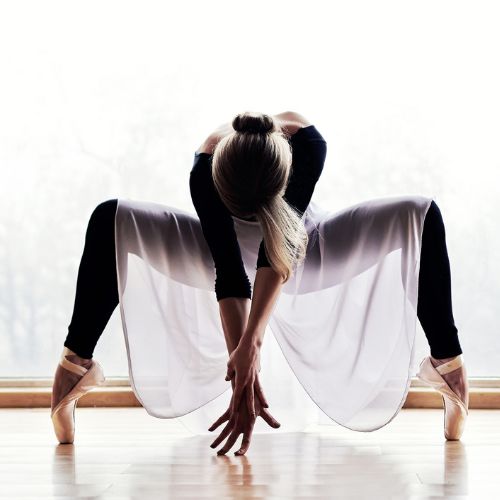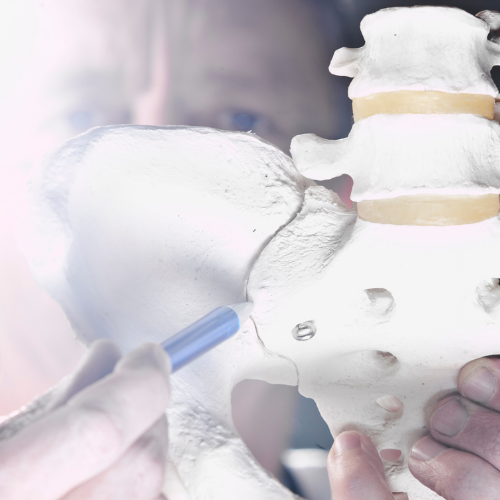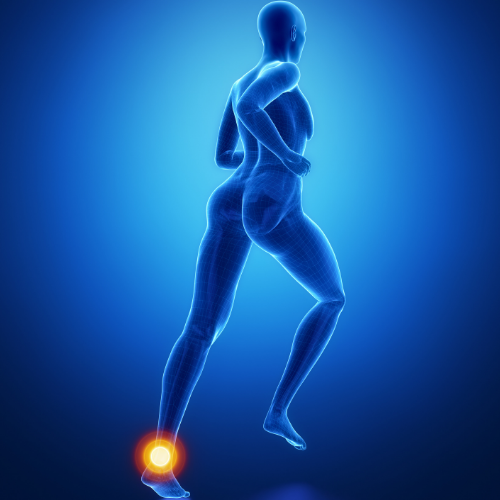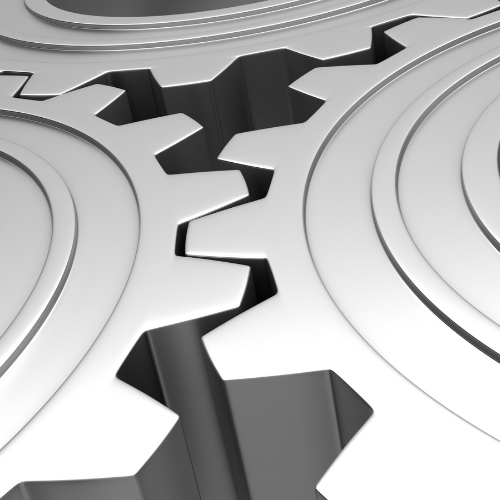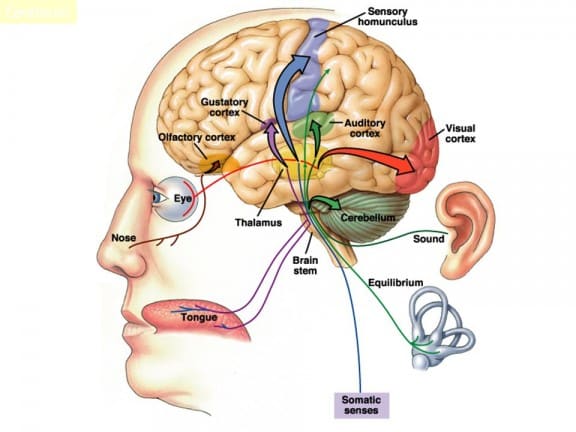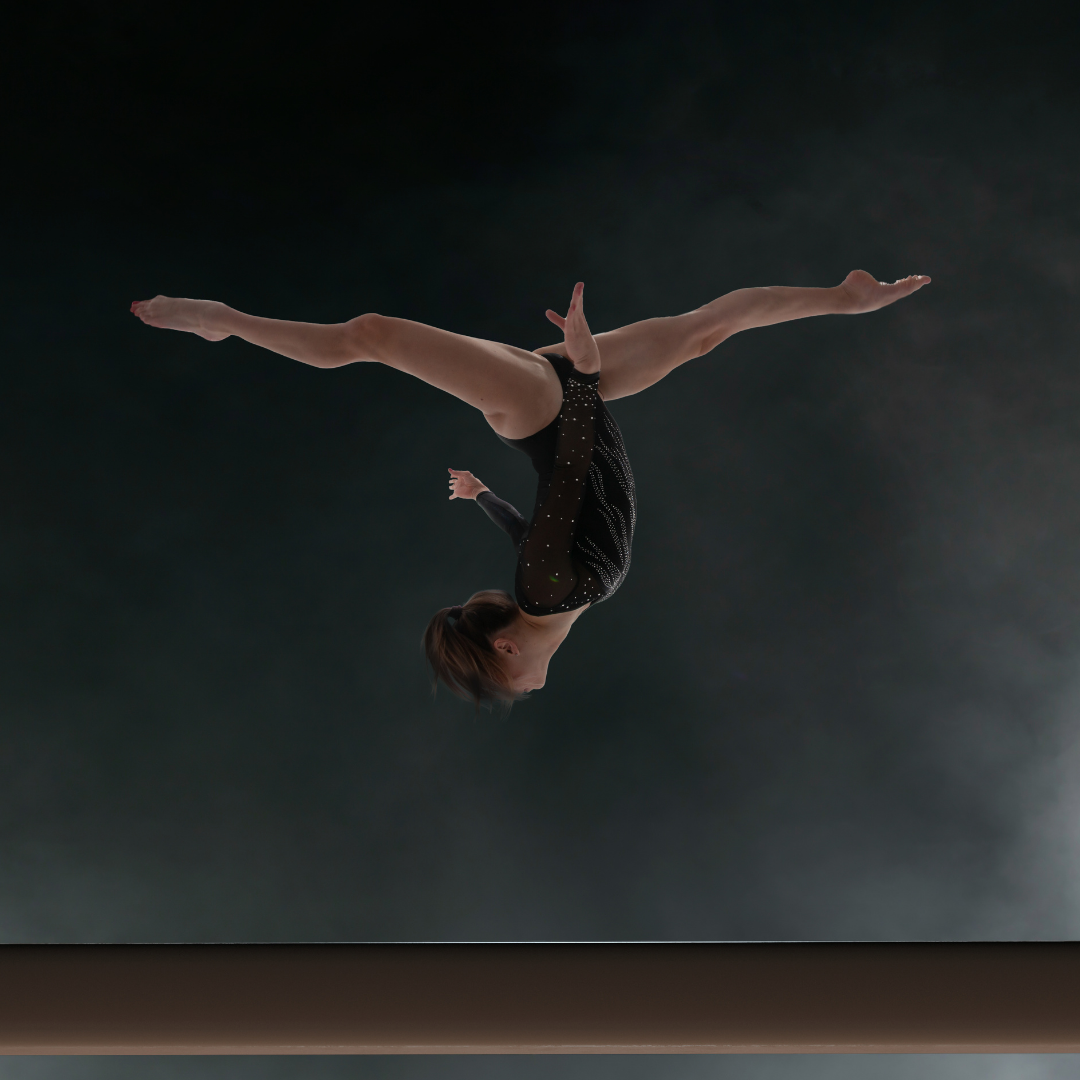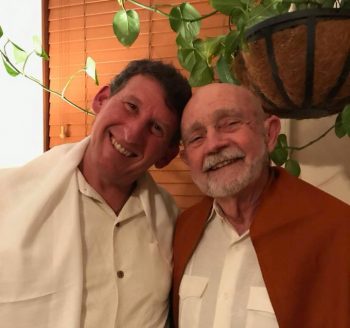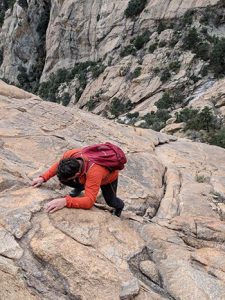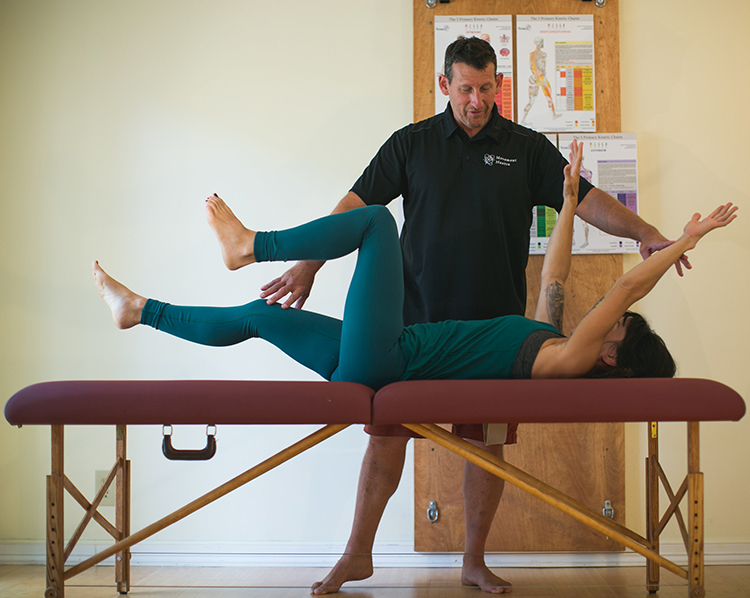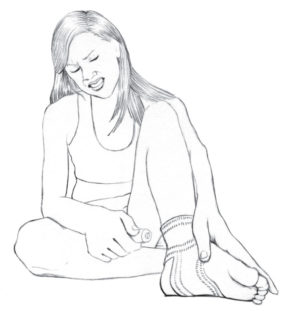
As therapists, our clients come to see us to help them with issues they are experiencing. They often have a clear idea of what they believe is going on. However, we know that the symptoms they are experiencing are often not the root of the issue. Our client’s symptoms do, however, provide us with the necessary clues to arrive at the source of their experience. As therapists, we know maladaptive compensation has a primary causation with secondary supporting players. Often, the symptoms of the secondary compensations lead us astray from addressing the primary causation.
We are familiar with the peeling of the onion analogy. When we are “peeling away the layers” what we are doing is removing secondary compensation from the nervous system’s coping strategy. We are creating a void in the container that could then be filled by unknown element. For example, it is becoming more acknowledged that athletes will perform poorly if their event is after a deep tissue style massage. The reason for this is the global secondary compensations have been removed and as a safety valve, the nervous system puts the brakes on. And if that athlete pushes through that safety valve, strain or injury is the result. Many of us have experienced our clients getting worse after a treatment. The reason why is we removed a secondary compensation without addressing the primary. This left a void in the container and the nervous system filled that void with something, an unknown element.
Let’s unpack this further.
One of our greatest survival attributes is adaptation. Adaptation allows our species to learn from and cope with a changing environment. Without this capacity, human beings would not survive.
There is a universal truth that defines adaptation:
The organism will adapt to its environment regardless of the outcome.
This has far reaching implications on how we adapt to our environment. When we consider short term verses long term adaptation strategy, short-term adaptation may be beneficial. However, as a long-term strategy, the short-term adaptation may not be sustainable and will eventually lead to reduction of optimal function.
The spectrum of adaptation can be further reduced with a second universal truth:
Specific Adaptation to Imposed Demand.
The SAID Principle governs how specifically we adapt to a changing environment. As a survival strategy, it is how we learn to reproduce results with greater efficiency.
When we combine these two universal truths, we can see how our environment, both external and internal, both conscious and unconscious, is influencing our response. We are in a continual process of utilizing coping strategies to respond to our environment. Our coping strategies are learned through the process of adaptation. How we learn from our environment is directly correlated to how we cope with that environment.
When we employ a particular coping strategy, we are reinforcing that strategy. Each time we then use that particular strategy it becomes easier to reproduce. The effect of employing that strategy has three potential outcome categories.
Beneficial:
When an adaptation strategy is beneficial the organism thrives.
Neutral:
When an adaptation strategy is neutral there is no change in the organism.
Maladaptive:
When an adaptation strategy is maladaptive the changes in the organism are unsustainable.
Because these qualities of adaptation are universal, they can be applied to the whole spectrum of our human experience. This includes the triad of Applied Kinesiology; psychology, physiology, and structure.
There is one more universal truth that we need to unpack: keeping the container safe.
The container refers to the collective adaptations and coping strategies that we have utilized in the past. Each one has its own unique signature. Some may be conscious, while others are unconscious.
Keeping the container safe:
Displacing an element with a beneficial strategy keeps the container safe
In the therapeutic process this is of the utmost importance. As a therapist, we cannot simply remove an element from the container, as this leaves a void in the container. That void is then going to be filled with an unknown element. When we are working with a maladaptive strategy, and we remove that maladaptive strategy, what is going to replace that strategy is also going to be maladaptive. To keep the container safe, one must displace a maladaptive strategy with a beneficial strategy. Or at the very least, a strategy that is more beneficial than the maladaptive. This can be applied to our whole spectrum of human experience.
Let’s look at how this would apply to manual therapy. We have heard the analogy of peeling the onion of compensation. This peeling of the onion analogy illustrates that in the adaptation process, there is a root causation with multiple layers on top of or covering up the root causation. Let’s explore this through the lens of adaptation.
When we have learned a maladaptive compensation, the nervous system has a need to make that compensation easier to reproduce. As the needs of the environment increase through frequency, intensity, and/or duration, that learned coping strategy will be challenged. When the nervous system perceives that the present strategy is insufficient to respond to the environment, the nervous system will look for a supporting compensation for the original perceived need. If the environment demands a continual response, another supporting compensation will be added to the equation. As the layers increase, the nervous system does not discern between the need to respond and whether that response is sustainable. This comes back to the first universal truth of adaptation: the organism will adapt to its environment regardless of the outcome.
Said another way, we designate the response to the original causation as the primary compensation. All the other subsequent compensations are secondary. These secondary compensations are put in place by the nervous system to support the primary. As environmental demands increase, so does the need for secondary compensation.
The unknown element that the nervous system chooses to replace a secondary compensation brings up the next concern. The nervous system has a whole palette of systems it can tap into and utilize to support or boost a primary compensation. Compensation is not simply limited to musculoskeletal elements. Compensation occurs in any system within the triad of the emotional, physiological and structural.
When we remove secondary compensation without addressing the primary, we are doing our clients a disservice, as we are not keeping the container safe.
There is a solution for maintaining a safe container. In Dynamic Neuromuscular Assessment™ we share a specific protocol called Mapping. The mapping process identifies and correlates the involved players – primary and secondary – in a compensation.
Only when the global picture of our client’s presentation is understood, can the primary causation be addressed. Don’t simply treat the symptoms, investigate deeper to discern the primary causation.
